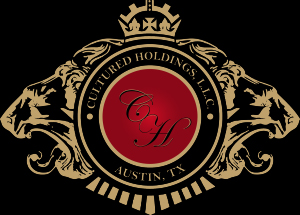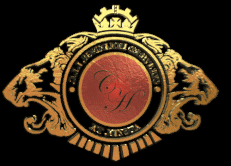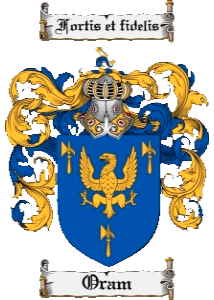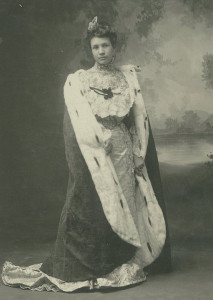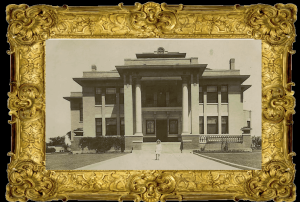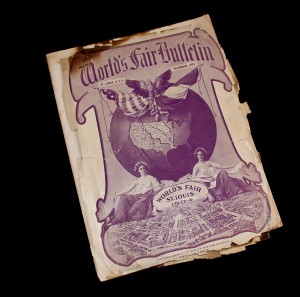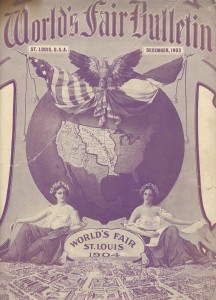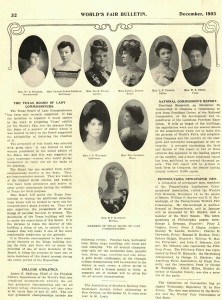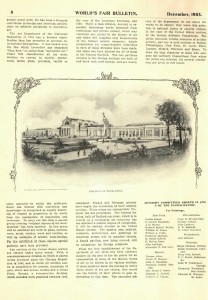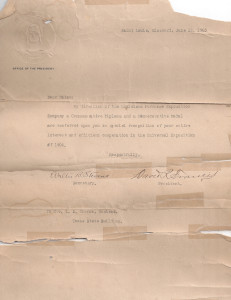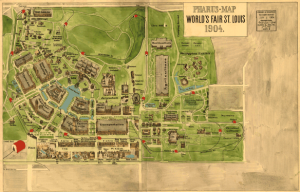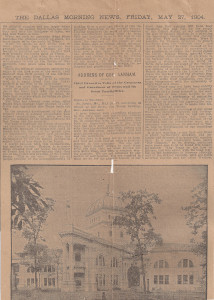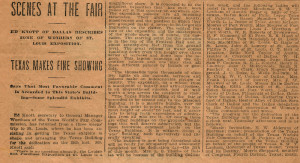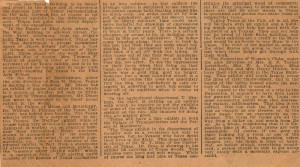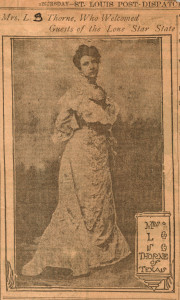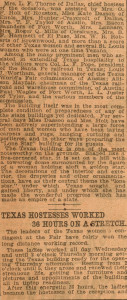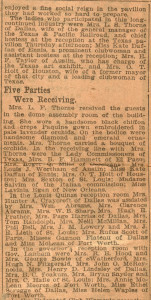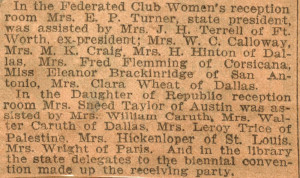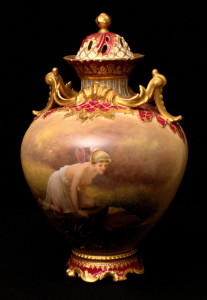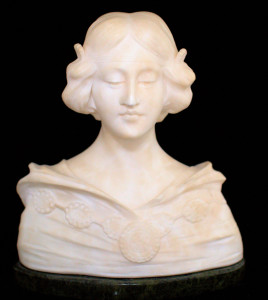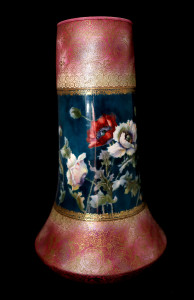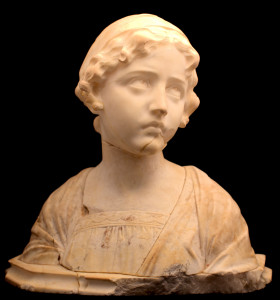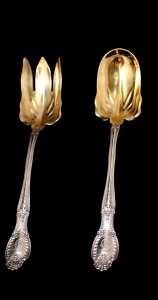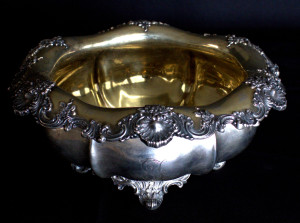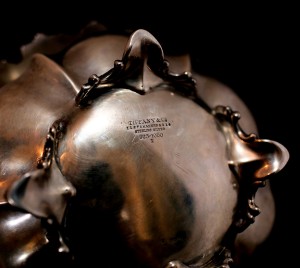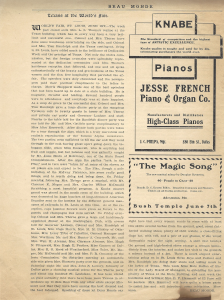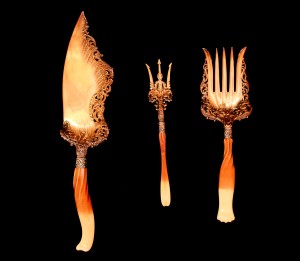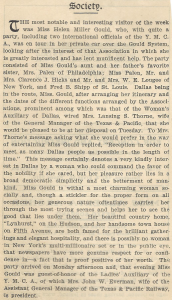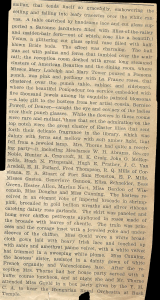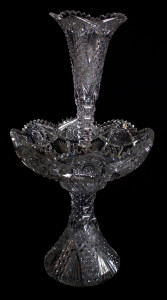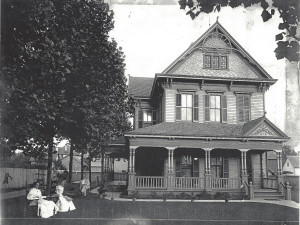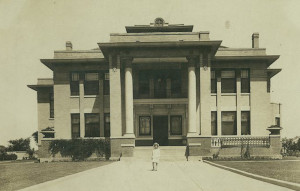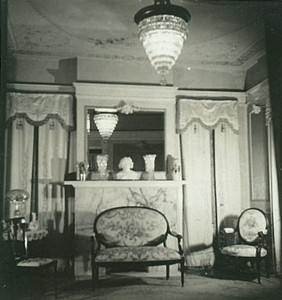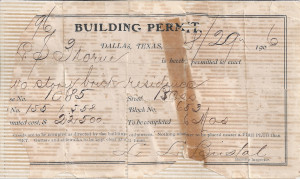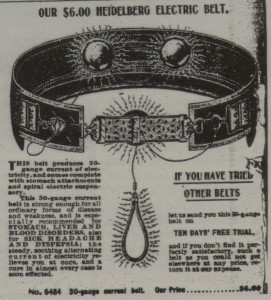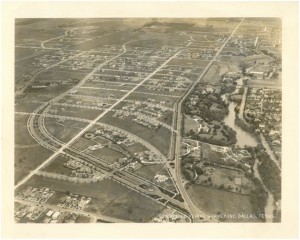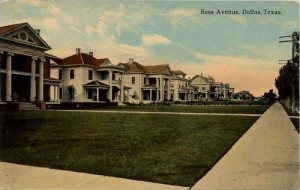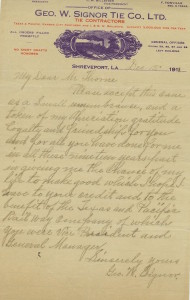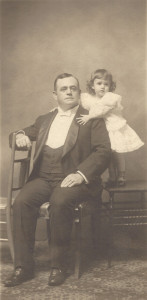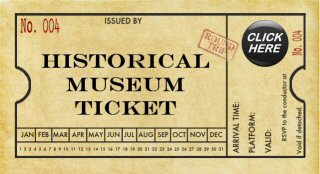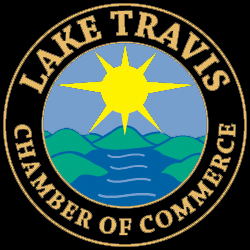Mary C. Thorne was the wife of the prominent railroad man, L.S. Thorne. After Mr. Thorne’s death, she kept up their 10,000 sq. ft. estate in Dallas, planned and executed extravagant parties, oversaw a multitude of book clubs and charities. She was kept company by her children, her two sisters, and her grandson L.S. Thorne (Jr).
1904 World’s Fair St. Louis
World’s Fair Bulletin 1903:
This is one of the bulletins describing the fair. It expresses the work that had ben put into the event by each state and the families representing them. Mrs. Thorn’s photo appears in the book and she is praised for her exhaustive efforts towards building and preparing the Texas building, the woman’s rights exhibit, the arts exhibit, the Louisville Resolution exhibit, as well as the T&P railroad exhibits.
Letter from World’s Fair Exposition (above):
A Letter to Mrs LS Thorne for her efforts at the 1904 World’s Fair from the Exposition President and Secretary. “Dear Madam: By direction of the Louisiana Purchase Exposition Company a Commemorative Diploma and a Commemorative Medal are conferred upon you in special recognition of your active interest and efficient cooperation in the Universal Exposition of 1904.” St. Louis, Missouri. June 12, 1905.
World’s Fairgrounds Map (below):
Mrs Thorne played an important role for Dallas in the 1904 First World’s Fair, held in St. Louis. Her active interest and cooperation in the Universal Exposition, received her recognition for being the chief hostess of the Louisiana Purchase Exposition. Her introductions to very prominent individuals were highly recognized by newspaper articles and invitation.
Below is a clipping from a newspaper articles that shows the front of the Texas Building.
Articles relating to the World’s Fair Exposition:
Mrs LS Thorne, chosen by The Texas Commissioners, was recognized as the hostess greeting the large number of society and club women of the state at the building dedication at the World’s Fair. The complete list of ladies names assisting Mrs Thorne is also listed. 1904.
Above:
Several accounts of The Texas Building at the St. Louis World’s Fair were described by Dallasite Ed Knott in the Dallas newspapers. His account that while the host state’s exposition building was the most impressive with their architecture, displays, lights and beauty, the Texas building would only be second to that. He assured readers that the Palaces of Fine Arts, Horticulture, Mines and Metallurgy, Agriculture, and Machinery were sure to impress and inspire all and was an honor and credit to the state. Dallas, Texas. 1904.
Art from the homes of those who were scheduled with the task of putting on the fair, was displayed in hopes of letting the world represent the vast appreciation Texans’ held in the culture.
World’s Fair Art Exhibits 1904:
These alabaster busts (below), Royal Vienna urn (right, left), and this gorgeous floor vase (below), were all exhibited as fine art exhibits in the 1904 Worlds Fair in St. Louis.
The goal was to show Texas in the truly magnificent light it already was.
These three busts were displayed throughout different rooms of the old Thorne mansion and were selected as displays for the World’s Fair.
World’s Fair after-party 1904:
After the preparation for the fair was complete and it kicked off without a hitch, Mrs Thorne threw a massive ball and dinner at their Dallas home. The extravagant party was described in all the local papers and was attended by many high society guests, including Mrs. Throne’s close friend Hellen Gould. Collected here are some of the fine wares used at that and other the Thorne parties.
This Tiffany Sterling Silver Salad Bowl (right) is dripped in 22K gold as well as the intricate silverware (below) that accompanies it. As with almost all of the Thorne silver, this bowl and ware have been engraves with the Thorne “T”.
The social success of Ms. LS Thorne’s regime in the Texas Building at the World’s Fair was celebrated by her Texas contemporaries. Multiple parties with dinners, games and music were thrown in her honor lauding her success. It was estimated that Texas had more in attendance at the World’s Fair than any state, except Missouri, and that they were the best informed and best dressed. Beau Monde. June 1, 1904.
This set of Fish serving utensils was used at elaborate parties such as this World’s Fair afterparty.
Beau Monde was the social magazine of the time. Always giving an accurate description of Mrs. Thorne’s parties.
This beautiful crystal vase was the boasted centerpiece for Mrs Thorne’s main table, at her parties and was regularly described within a local publishing. She was known for filling it will rare and out of season flowers for her guests.
Hostings
The biggest news in Dallas society the 3rd week of October 1904 was Miss Helen Gould’s visit through Dallas. Her official reason for travelling on the Gould railway was with her work with the YMCA and expanding it through the American Southwest. However, she made a point to stop through Dallas and contacted Mrs LS Thorne, who held a reception in her honor “to meet as many Dallas people as possible in the length of time.” As both ladies were quietly understated in a most elegant and dignified way, Mrs Thorne’s reception in her home reflected that. The verandah was transformed into a leafy bower where her floral arrangements were the rarest blossoms out of season and the decorations idyllic with laces and cut glass. Dallas, Texas. October 18, 1904.
Life at the Thorne Estate
The 56th anniversary edition, The White Rocker
Mary Thorne took on the role of raising her grand son Lansing Laird. She was very close to him and instrumental in his up bringing. His name was changed to LS Thorne at the age of 18 to honor the legacies left by his grandfather. The full page article below was published on Thursday, Feb. 8, 2001, in The White rocker newspaper’s 56th anniversary edition. It is accounts of the childhood LS Thorne II (grandchild to Mary C Thorne) had growing up in the mansion.
Lansing Stephen Thorne II- Raised by five women in one house on Ross Avenue
In the early 1900s, my grandparents, Mr. and Mrs. Lansing S. Thorne, had a decorative three-story wooden home at 404 Gaston Ave. The house had a wraparound veranda and lots of shade trees. They used to sit in rockers in the yard beneath the trees and visit with one another as they watched the world go by. They had an ornamental iron fence across the front of the property- as a lot of families did at that time.
In 1904, they decided to build a brand new brick mansion at 4703 Ross Ave. The property was 155’ x 350’. Granddaddy at the time was vice president and general manager of the Texas and Pacific Railroad- Then owned by Jay Gould. Mr. Gould personally sent a St. Louis contractor to Dallas to draw up the plans for the palatial residence. The house was built in 1906. The original building permit issued by the city of Dallas hangs in my present home. The permit estimates the cost at $22,500. The old house contained approximately 10,000 square feet.
There were six fireplaces faced with marble. The electrical fixtures in the hall were gas and electricity combination. The downstairs walls and ceilings were hand-painted canvas over plaster. Extensive paneling, marble, and tile decorated the floors on the main level. The kitchen contained a large stove, which burned coal, wood and gas. The ice refrigerator opened for receiving ice on a screened porch. Inside the house, the refrigerator (ice box) was equipped with numerous windowed doors. On the mezzanine floor was a large room with an 18-foot ceiling, a large fireplace, bookcases with stained-glass doors, and a bath. Also on the mezzanine floor was a sewing room containing a manual pump organ. In the rear was a two-story brick garage. The ground floor contained four stalls for horses, a tack-room and space for carriages and carts. In the yard was a well which provided all water for the yard. When I was growing up, the house had always been occupied by members of my family. However, during World War II (1945), the house sold to Frank Duff, and then housed the Merchants State Bank for a number of years. The second story was re-designed to accommodate office space. National Bankers Life was one of those tenants.
I was raised by five women under one roof. My Grandmother, Mary Cunning Thorne; my grandmother’s two daughters Julia and Mary; my Great Aunt Hermia, and my Great Aunt Teeny. One day, Aunt Teeny conned the servants into picking dandelions without telling my grandmother. They picked an enormous volume; more then 8 or 10 sacks from all over the neighborhood. And then Aunt Teeny processed the flowers into dandelion wine down in the basement. Then she bottled the wine; we’re talking about 50 or 60 bottles of wine. Now my grandmother was against the use of alcohol or “liquor” as she called it. Aunt Teeny had to hide this wine in the basement in a large 10 x 10 pantry, with other food supplies. And then she mailed out bottles of it to all her friends in Colorado. This was during Prohibition. It was against the law to put alcoholic beverages in the mail with-out a permit. In the middle of the operation, her wine exploded in the middle of the night. It sounded like a big explosion and could be heard all over the house. I mean it blew glass and wine all over! It brought this to the attention of all concerned- especially my Grandmother. She began to worry that perhaps some of the bottles that Aunt Teeny had put in the mail might have exploded with our return address on them. But we experienced no postal problems.
My Grandmother had an electric car. It was a large wicker basket with three wheels and a tiller for a steering wheel. It had electric batteries in it with a plug to recharge the batteries. She used to use the little car to travel two or three blocks. My Great Aunt Hermia had an electric magnetic belt that she thought cured just about anything; including mental depression. The belt was heavy and it had strap-like suspenders that you could put over your shoulders; and it had an extension cord 25 feet long, so it was a heavy cord too. However, anyone wearing a wristwatch within 5 or 10 feet was in trouble; it would be magnetized. The belt had a dial, which showed “Off”, “Half Off”, and “Full Power”. You put this belt on if you just felt bad. In about 30 minutes you felt better. Also, when you turned it up to full power, the lights would kind of dim in the entire house.
When I was about eight years old, a friend of the family took me to White Rock Lake to the new swimming facilities. They had poured a concrete apron from the bank out about 40 feet into the lake. The water over the top of the concrete was about two feet deep. The lake was sort of silty and not very clear. I layed down in the water facing the bank. My friend, John Cannon, who had taken me swimming, and was old enough to be my father, came out of the bathhouse properly clad in shorts and a top (men at that time had to wear a top). So he came out and strolled across the sand-covered beach to the edge of the apron where there was a curb. He put his hands over his head and dove headfirst into the lake into this two feet of water. He collapsed! The people at the beach all gathered around. The life guard grabbed me and said, “Young man, has your friend been drinking?” I said, “Well, he’s probably drunk some of the water from the lake.” The lifeguard escorted me forcefully to the locker room and he told me that I had to vacate the beach because I did not have a top for my bathing suit. John was black and blue and bloody where his face had hit the bottom, but he managed to get himself dressed and I did too, and we were asked to leave. It was my first brush with the law. They were going to call the police if I didn’t put a top on; so we left.
Prior to World War II, the trees on Ross Avenue were large on either side of the street between Fitzhugh and Downtown Dallas, and typically, the trees formed an arch and gave it a quaint artistic appearance. There were buses that serviced this street. They were electric and made no noise and no pollution. This small town, picturesque setting was so contrary to what you see today. In this small town atmosphere, people sought a different style and activity than those of today. Back then, right across Ross Avenue from our house was a large Red Heart Watermelon Stand. It attracted heavy traffic- many people who were driving down Ross would stop, and have watermelon there. It was a thing to do on a hot summer afternoon. The people at the watermelon stand were very creative and discovered that they could put a woman’s purse in the middle of Ross Avenue with a string attached to it. One of the Heart Red people would be on the other end of the string. Cars would stop and they would jerk the string and the purse would jump three or four feet. Most people would just laugh and shake their heads. But one day, a chauffeur-driven car stopped and the lady got out to get the purse. When they jerked the string, she was furious and got in her car and they stormed off. My great Aunt Hermie viewed this activity everyday from an upstairs window in our house. One day, a car with an open bottom drove slowly and grabbed the purse as they passed. My Great Aunt Hermie immediately sent the Red Heart people a new supply of purses.
Ross Avenue used to be Highway 75 to Greenville Avenue, and then from Greenville and Ross north, remained Highway 75. Highway 75 today is North Central Expressway. My Grandfather received many honors during his life. M.H. Thomas & Co. Cotton Merchants on Dec. 5, 1911, wrote a very complimentary latter. Another time President Taft came to Texas and attended a banquet in Taft’s honor at the old Oriental Hotel. (Later the Baker Hotel was built on that spot). My Grandmother was employed as the Bookkeeper at the Oriental. My Grandfather was invited to the event. President Taft was seated in Chair No. 12 at the presidential table. My grandfather was in Chair No. 25 at that same table. There were three other tables. The headline in the paper the next day was TAFT WELCOMES A JUICY STEAK DECLARES IT “IS SOMEWHAT OF A PLEASANT SURPRISE.” The President asked for his Menu Card, which was bound in a Russian Calf Leather Portfolio…. The work of a young Dallas lady. The fancy Menu Card had disappeared but was later returned to President Taft. Of cousre, the President rode in Jay Gould’s special T&P Railroad car!
(correction to this story: Taft actually rode in car 400. It was LS Thorne’s guest car, Jay Gould did not attend this event)
